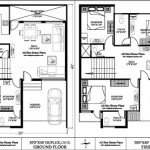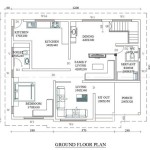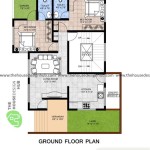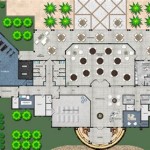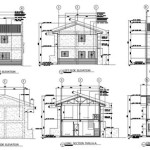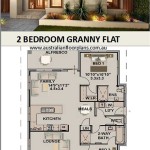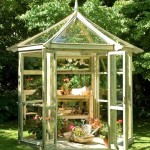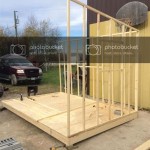Essential Aspects of Rabbit Home Plans
Crafting a comfortable, healthy, and stimulating home for your pet rabbit requires careful planning. Here are some essential aspects to consider when designing rabbit home plans:
1. Space Requirements
Rabbits require ample space to exercise, hop, and roam. The minimum recommended size for a single rabbit is 4 feet by 4 feet, while a pair should have at least 6 feet by 6 feet or more. Larger enclosures are always preferred, as they provide more opportunities for movement and exploration.
2. Materials and Construction
Choose materials that are durable, easy to clean, and non-toxic to rabbits. For walls and floors, consider using wood, plastic panels, or wire mesh. The enclosure should be well-ventilated but protected from drafts. Avoid using materials that can splinter or absorb moisture, which can harbor bacteria and pose health risks.
3. Bedding and Litter Box
Provide a comfortable and absorbent bedding, such as hay, straw, or fleece blankets. Place a litter box in a designated corner and fill it with rabbit-safe litter, such as paper pellets or hay-based litter. Litter training your rabbit will help keep the enclosure clean and reduce odors.
4. Hiding Spaces
Rabbits appreciate having hiding places where they can feel safe and secure. Provide multiple hiding spots, such as tunnels, boxes, or small enclosed areas. This will reduce stress and provide a sense of privacy for your rabbit.
5. Feeding and Watering Areas
Designate specific areas for feeding and watering. Use a heavy bowl or dispenser for food and a water bottle with a sipper tube for water. Place these areas away from the litter box to maintain hygiene.
6. Enrichment and Activity
Rabbits need opportunities for mental and physical stimulation. Include toys, tunnels, climbing structures, and other enrichment items to keep them active and entertained. You can also set up a foraging area where they can search for treats.
7. Outdoor Access
If possible, provide your rabbit with access to a secure outdoor space, such as a fenced-in run or hutch. Outdoor time allows them to enjoy fresh air, sunshine, and different stimuli.
8. Maintenance and Hygiene
Rabbit homes require regular maintenance to ensure cleanliness and prevent health issues. Clean the litter box daily, spot-clean the enclosure as needed, and do a thorough cleaning once a week. Disinfect the enclosure regularly using rabbit-safe products.
9. Temperature and Lighting
Rabbits are sensitive to temperature extremes and require a moderate environment. The ideal temperature range is between 55-75 degrees Fahrenheit. Provide shade in outdoor enclosures and consider using a heat source during colder months. Adequate lighting is also important, so provide natural sunlight or artificial lighting for at least 12 hours per day.
10. Professional Consultation
If you are unsure about designing a suitable rabbit home, consider consulting with a veterinarian or a rabbit specialist. They can provide guidance and recommendations based on your rabbit's individual needs and preferences.
By following these essential aspects, you can create a comfortable, healthy, and enriching home for your pet rabbit, ensuring their well-being and enhancing your bond with them.

Diy Rabbit Hutch Plans Free Easy Rogue Engineer
:strip_icc()/free-rabbit-hutch-plan-buildeazy-5bbcce7946e0fb002660495c.png?strip=all)
8 Free Diy Rabbit Hutch Plans

Rabbit Hutch Plans Step By Construct101
:strip_icc()/rogue-rabbit-58d3f9175f9b5846835188b6.jpg?strip=all)
8 Free Diy Rabbit Hutch Plans

Diy Rabbit Hutch Plans Free Easy Rogue Engineer
:strip_icc()/FQKYR16IA3VZ63H.LARGE-58d3fbdc5f9b58468357b1c4.jpg?strip=all)
8 Free Diy Rabbit Hutch Plans

Build A Rabbit Hutch And Tractor Self Reliance

Rabbit Hutch Plans Step By Construct101

Diy Rabbit Hutch Plans Free Easy Rogue Engineer
:strip_icc()/simplyeasydiy-free-rabbit-hutch-plan-5bbccd5ac9e77c002686dd5c.png?strip=all)
8 Free Diy Rabbit Hutch Plans

